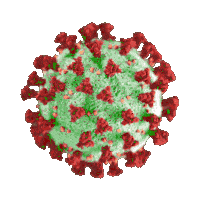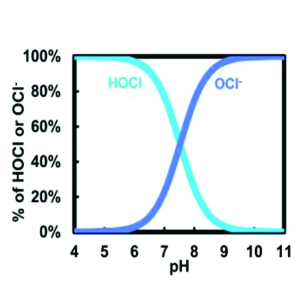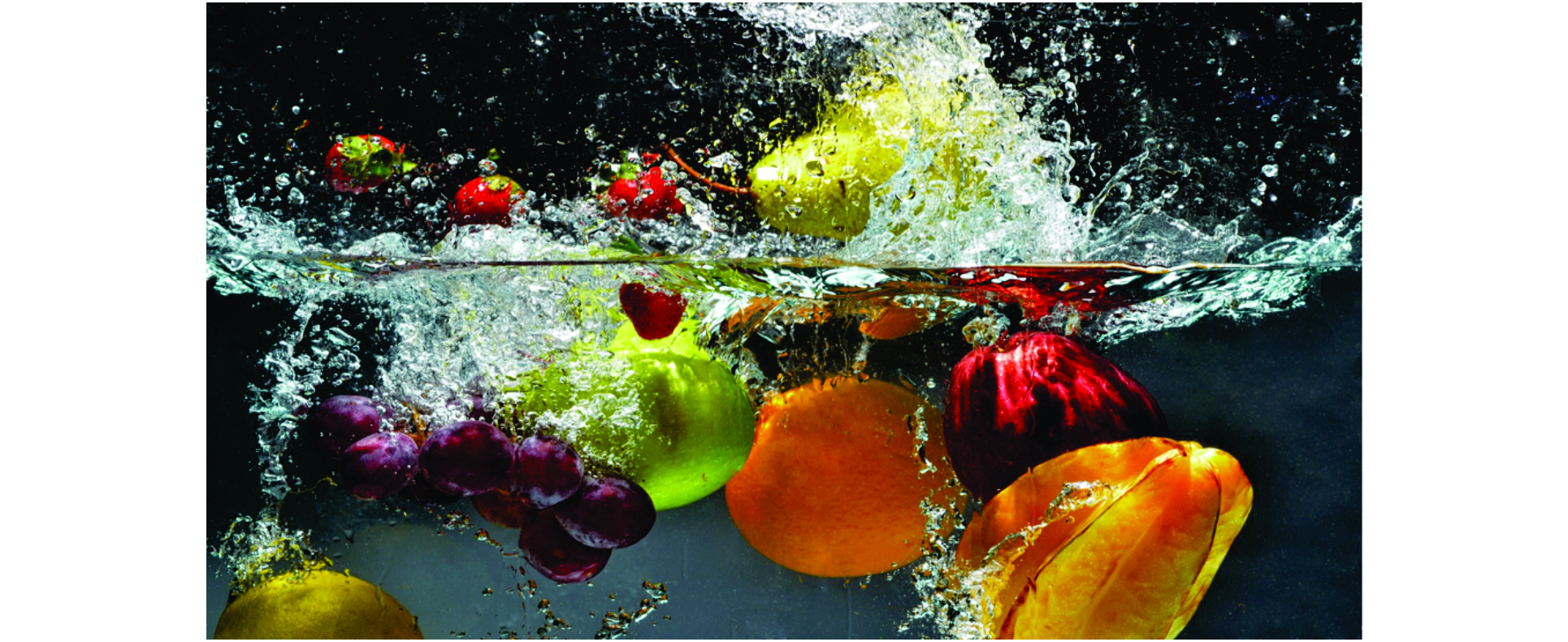


Virucidal Hard - Surface Efficacy Test - Severe Acute Respiratory Syndrome-related Coronavirus 2 (SARS-CoV-2) (COVID-19 Virus).
A greater than 4-log reduction or complete kill was obtained on all 3 replicates studied after a 5 minute contact time. This test was performed in order to substantiate virucidal efficacy claims for a test substance to be labeled as a virucide by determining the potential of the test substance to disinfect hard surfaces contaminated with Severe Acute Respiratory Syndrome-related Coronavirus. Read More.

Why is HOCl more efficient at killing pathogens?
Hypochlorous Acid (HOCl) vs. Sodium Hypochlorite (Chlorine Bleach)
Hypochlorous acid is one of the most effective and natural disinfectant in the chlorine family available in dilute solution. It eradicates all bacteria, mycobacteria, spores, fungi, viruses in a matter of seconds. It disinfects 200 to 300 times better than bleach and is 100% safe. Since HOCL has no electrical charge and a relatively low molecular weight, it is better able than the other chlorine-based disinfectants to penetrate the protective barriers around the germs. It also reacts more rapidly than chlorine-based disinfectants to oxidize (explode) the cell wall of all pathogens causing necrosis (rupturing of the cell) and destroys them.
HOCl for Domestic Use
-
Home Electrolysis Systems
- What are the benefits?
- Where can it be used?
• Use hypochlorous acid for rinsing leafy or any other veggies and packaged food items also.
• For personal items such as toothbrushes or razors, hypochlorous acid is completely safe.
• Sanitizing laundry, sofa without damaging or discoloring clothing, hypochlorous acid is the answer.
HOCl for Commercial Use
- HOCL through Electrocyclization?
- What are the benefits?
- Where can it be used?
• cleaning and sanitize all equipment, food preparation areas at concentrations as high as 200 ppm
• Tables, Bars, and Glass Cleaning
• Feet Sanitation- A common route for bacteria entering the kitchen from the outside is through the soles of shoes
• Gyms, healthcare, hospitality, pools, parks & recreation, schools & crutches.
Food Safety
Major research in the field of food safety has been done regarding the practical applications of hypochlorous acid. The research clearly demonstrates that hypochlorous acid is safe and efficient for ensuring microbial counts are maintained below infectious levels on food and contact surfaces. The EPA recently added the ingredient to their official list of disinfectants effective against the coronavirus
Surface Sanitation
Hypochlorous Acid vs. Quaternary Ammonium (Quats)Direct Food Sanitation
Hypochlorous Acid vs. OzoneHypochlorous acid is non-irritant and is also stable in solution. Hypochlorous acid can be used at high concentrations (60 ppm) for food sanitation without requiring a post-rinse.
Research by Application
Research by Pathogen
